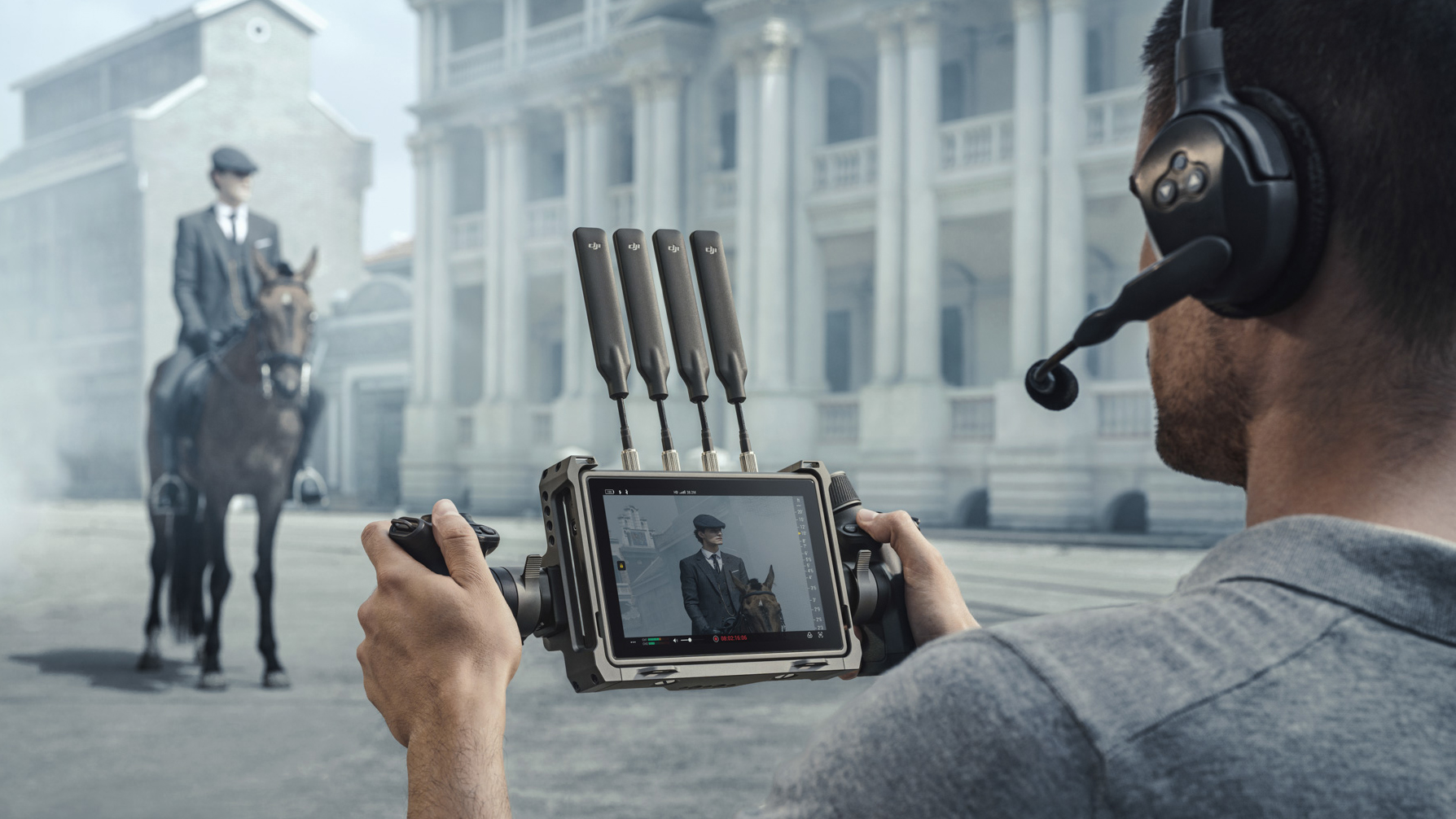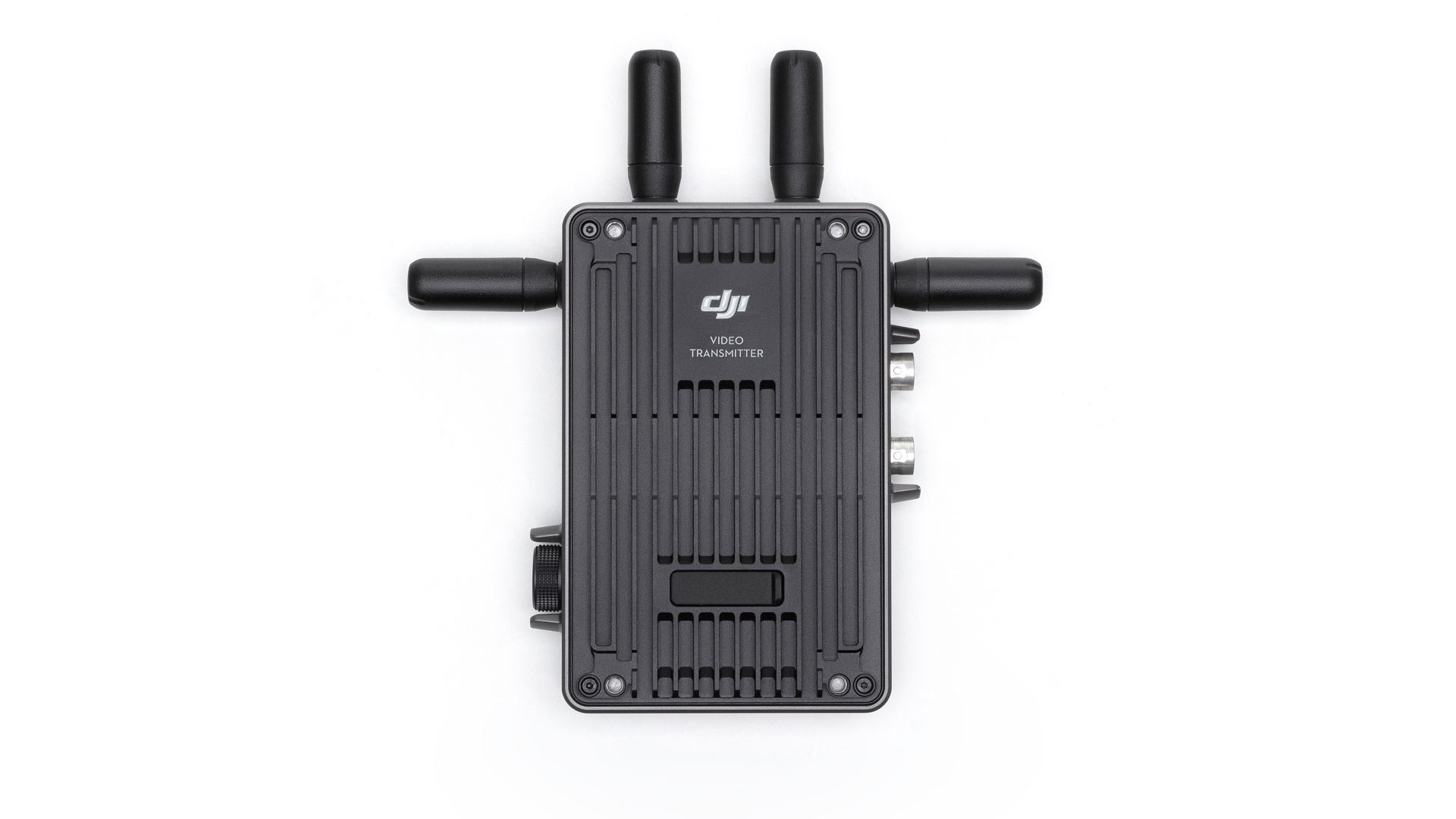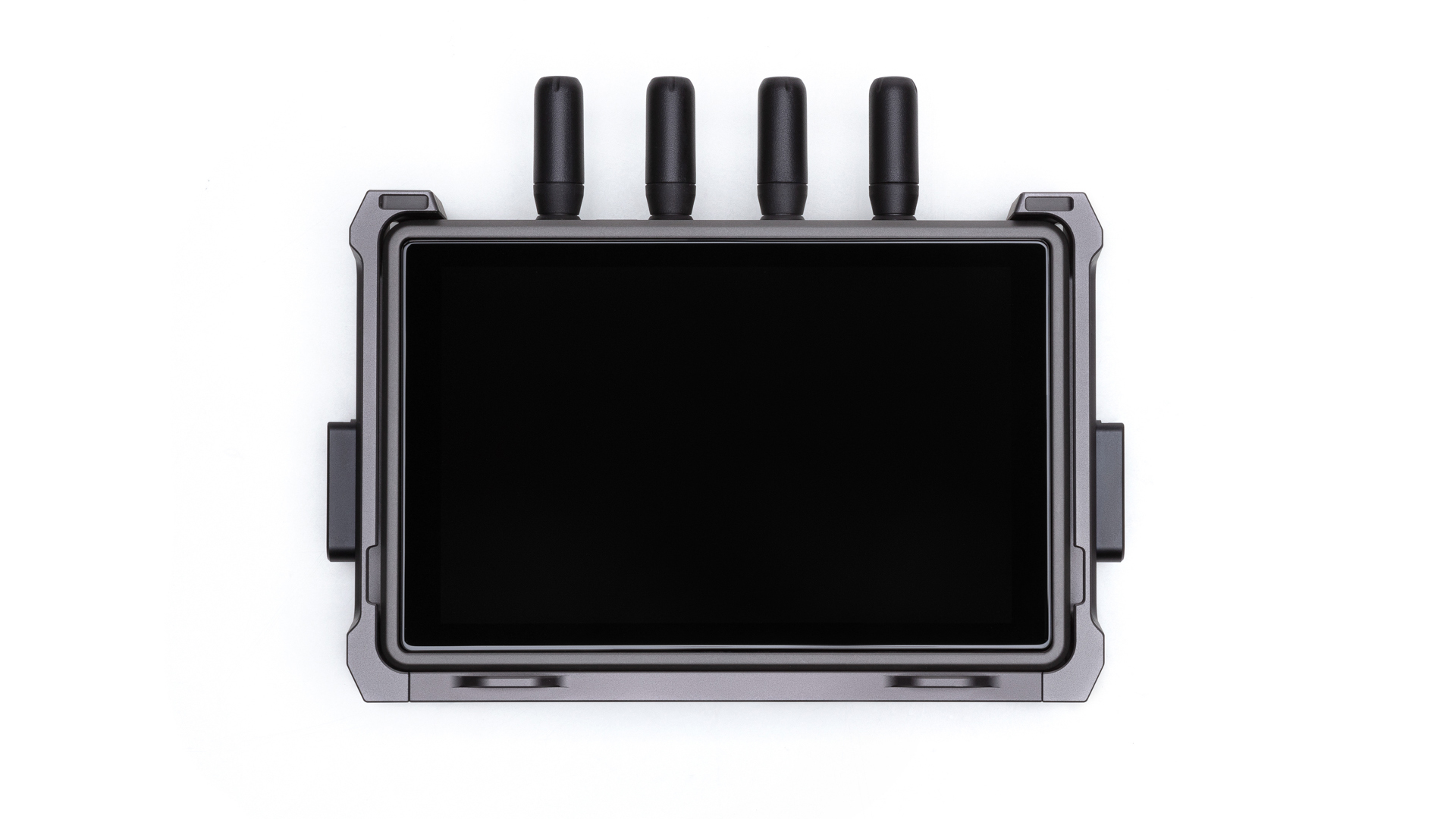DJI changes the game of wireless video transmission by a massive 20,000 foot!
DJI sets a milestone with 20,000 foot wireless video transmission with ultra-low latency

As well as announcing two new gimbals to the Ronin family, DJI has also announced a new milestone in wireless video transmission with its first independent device. DJI Transmission has been developed on the heels of the DJI Ronin 4D’s advanced video transmission technology, this system combines reception, monitoring, control, and recording into one device.

O3 Pro transmission technology enables this new transmission system to offer an incredible 20,000-foot on-ground transmission distance with end-to-end ultra-low latency, with a massive upgrade from traditional Wi-Fi transmission! Video is transmitted in 1080p 60fps and provides live audio monitoring at 16-bit 48 kHz, offering crews an excellent remote visual and audio monitoring experience.
• Here are the best DJI drones
To cope with the demands of complicated signal and structural environments, a DFS band has been added on top of the traditional 2.4 GHz and 5.8 GHz settings, offering up to 23 channel options that provide crews on set with more compliant and interference-free transmission channels.
A built-in frequency sweeper automatically scans the current electromagnetic environment where you are shooting and provides the best wireless channel, instantly switching channels when needed to make sure you never have a lagging screen and you are always getting a feed as and when it happens. When necessary, users can also manually select a channel to avoid interference between devices.
DJI’s 7-inch, 1500-nit high-bright remote monitor includes an integrated receiver, eliminating the need for video cables running into a monitor. The device supports one transmitter with multiple receivers, as well as two transmission modes to address different transmission needs.
In control mode, monitoring can be carried out from two receivers at the same time, while a gimbal/camera combination can also be controlled remotely. For a large crew with various units such as lighting, art department, and props, Broadcast mode can also be enabled on top of Control mode, which will allow an unlimited number of receivers and elevate shooting efficiency to a new level.
Get the Digital Camera World Newsletter
The best camera deals, reviews, product advice, and unmissable photography news, direct to your inbox!

On large sets like reality shows, DJI Transmission can work simultaneously with ten or more transmitters sending signals to transmit to ten devices, creating a completely synchronized experience that is hard to achieve with traditional transmission standards. DJI Transmission isn't just a powerful video transmission tool; it’s also a comprehensive control system. When used with the DJI RS 3 Pro, it can work as a gimbal and camera controller, unlocking more functions and fully integrating the ground-based Ronin ecosystem.
The high-bright remote monitor also has a built-in gyroscopic sensor that acts as a standalone motion controller for RS 3 Pro, when combined with the Ronin 4D Hand Grips, the operator of an RS 3 Pro stabilizer can control the gimbal, focus, exposure, and start/stop a recording with both hands. This turns it into a fully remote motorized-controlled tracking unit – that is something every special, not achievable at this price range before.
As well as simultaneous access to video time codes, the high-bright remote monitor allows for independent recording and playback of 1080p 60fps in H.264 , making it easy to edit sample footage on set. Expanding on the Ronin ecosystem, DJI Transmission works seamlessly with DJI Master Wheel and Force Pro, giving operators a variety of ways to control camera movements in whatever way the shot demands.
The DJI Transmission will be available for purchase this September from authorized retailers and at www.store.dji.com. The DJI Transmission Combo retails from $2,499 / £1,979 / AU $3,149
The high-bright remote monitor will also be available for separate purchase and will retail from $1,699 / £1,139/ AU $2,119. Full details can be found at www.dji.com/transmission
Read more:
DJI announce RS 3 and RS3 Pro
Best camera gimbals
DJI RS 3 Combo review
DJI Mini 3 Pro Review

For nearly two decades Sebastian's work has been published internationally. Originally specializing in Equestrianism, his visuals have been used by the leading names in the equestrian industry such as The Fédération Equestre Internationale (FEI), The Jockey Club, Horse & Hound, and many more for various advertising campaigns, books, and pre/post-event highlights.
He is a Fellow of the Royal Society of Arts, holds a Foundation Degree in Equitation Science, and holds a Master of Arts in Publishing. He is a member of Nikon NPS and has been a Nikon user since his film days using a Nikon F5. He saw the digital transition with Nikon's D series cameras and is still, to this day, the youngest member to be elected into BEWA, the British Equestrian Writers' Association.
He is familiar with and shows great interest in 35mm, medium, and large-format photography, using products by Leica, Phase One, Hasselblad, Alpa, and Sinar. Sebastian has also used many cinema cameras from Sony, RED, ARRI, and everything in between. He now spends his spare time using his trusted Leica M-E or Leica M2, shooting Street/Documentary photography as he sees it, usually in Black and White.
